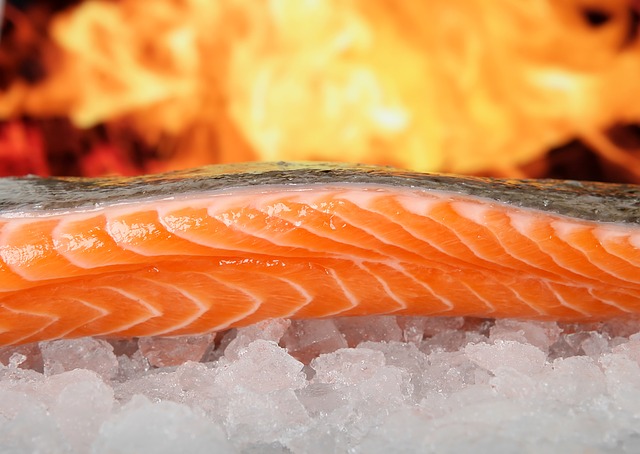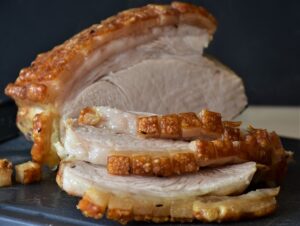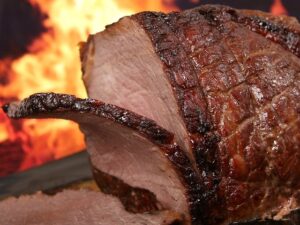Introduction
Chicken wings are a popular food choice, especially during social gatherings or as a tasty snack. They are often enjoyed at restaurants, bars, or even homemade. One common question that arises when it comes to chicken wings is how many grams of protein they contain. In this article, we will delve into the topic and provide you with an in-depth understanding of the protein content in chicken wings.
Protein Content in Chicken Wings
Chicken wings are primarily composed of two main parts: the drumette and the wingette. The drumette is the part of the wing that resembles a small drumstick, while the wingette is the middle section between the drumette and the wingtip. Both parts contain protein, but the exact amount may vary slightly.
On average, a single chicken wing (drumette or wingette) weighing approximately 35 grams contains around 6 grams of protein. This protein content may vary depending on factors such as the size of the chicken wing, the cooking method used, and any added seasonings or sauces.
It is important to note that the protein content mentioned above is an average estimate. Different sources may provide slightly different values, but the range is generally within a few grams. To obtain a more precise measurement, it is recommended to refer to specific nutritional information provided by the manufacturer or a reliable source.
Protein Benefits and Importance
Protein is an essential macronutrient that plays a crucial role in the human body. It is responsible for building and repairing tissues, supporting the immune system, and aiding in various metabolic processes. Consuming an adequate amount of protein is important for maintaining overall health and well-being.
Including protein-rich foods in your diet, such as chicken wings, can help meet your daily protein requirements. Protein is particularly beneficial for individuals who are physically active, as it aids in muscle recovery and growth. It also provides a feeling of satiety, which can help with weight management and reducing cravings.
Other Nutritional Considerations
While protein is an important component of chicken wings, it is essential to consider other nutritional aspects as well. Chicken wings, especially when deep-fried or coated in high-calorie sauces, can be high in fat and calories. It is important to consume them in moderation and balance them with other nutritious foods.
Additionally, the cooking method used can impact the overall nutritional profile of chicken wings. Baking or grilling chicken wings can be healthier alternatives to deep-frying, as they reduce the amount of added fats and calories. Choosing leaner cuts of chicken wings, such as skinless options, can also help reduce the fat content.
Conclusion
Chicken wings can be a delicious and protein-rich food option, with an average of around 6 grams of protein per wing. However, it is important to consider the cooking method, portion size, and any added sauces or seasonings when evaluating the overall nutritional value. Incorporating chicken wings into a balanced diet can provide a good source of protein but should be consumed in moderation alongside other nutritious foods.
References
– USDA FoodData Central: www.fdc.nal.usda.gov
– Healthline: www.healthline.com
– MyFitnessPal: www.myfitnesspal.com













